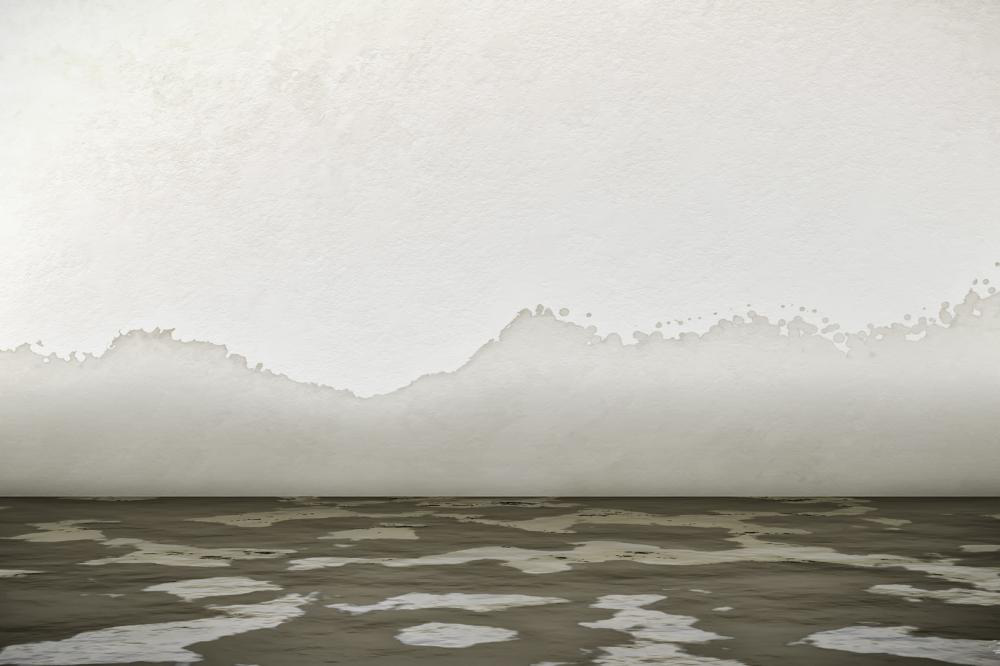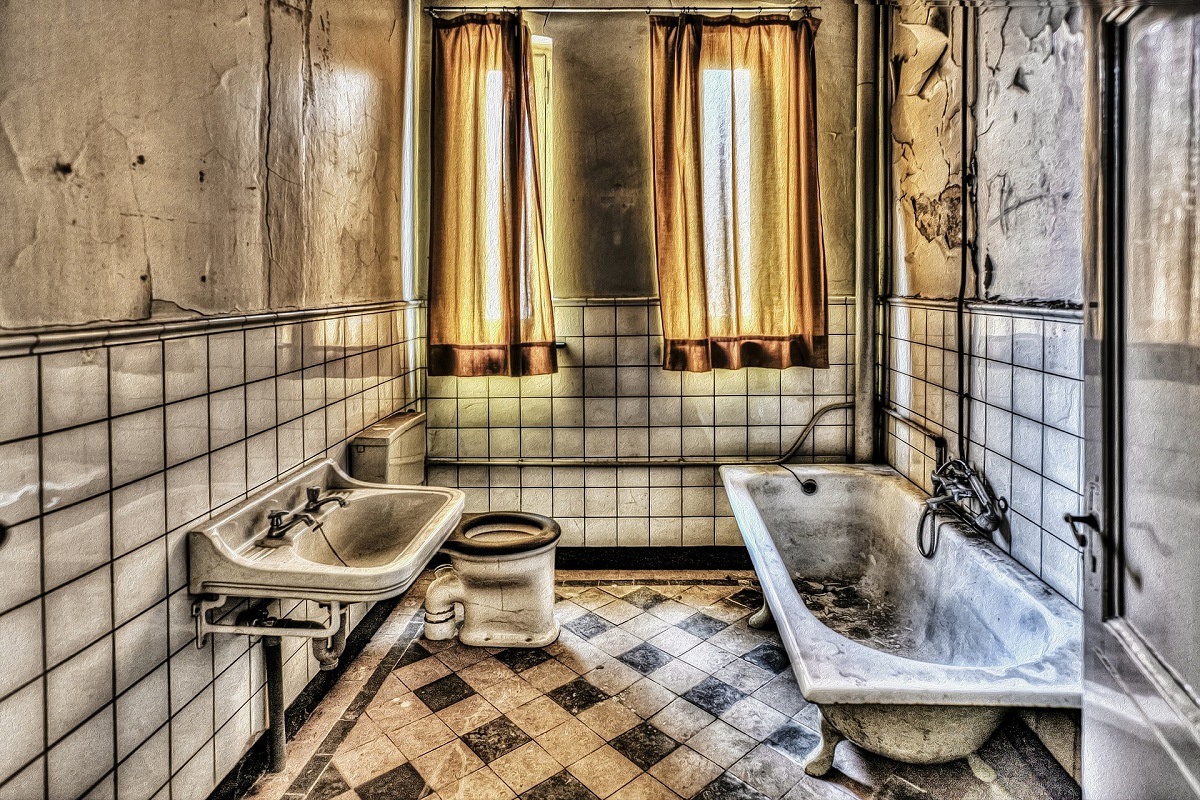What Triggers Moisture Harm in the Bathroom
What Triggers Moisture Harm in the Bathroom
Blog Article
Each person will have his or her own theory when it comes to How to Repair and Prevent Bathroom Water Damage?.

Water damage typically occurs in the washroom as a result of the water used day-to-day. In some cases, the damages could be a little mold from the shower. Various other times, it's large damage on your floor. Whatever it is, it is always good to know the cause as well as prevent it before it happens.
This guide will experience a few of the common sources of water damage in the shower room. We will certainly also analyze what you can do to prevent these causes from harming your restroom. Allow's dive in.
5 Common Causes of Water Damage in Bathrooms
These are the usual reasons you would have water damage in your shower rooms and exactly how you can detect them:
Burst or Leaking Pipelines
There are several pipelines lugging water to various parts of your bathroom. Some pipelines take water to the commode, the sink, the taps, the shower, as well as lots of other locations. They crisscross the small area of the shower room.
From time to time, these pipes can get rustic and also ruptured. Various other times, human activity might create them to leak. When this occurs, you'll discover water in the edges of your restroom or on the wall.
To detect this, keep an eye out for bubbling wall surfaces, mold and mildews, or mildew. Call a specialist emergency situation plumber to repair this when it occurs.
Splits in your wall floor tilesv
Bathroom wall tiles have been specially designed for that objective. They protect the wall surface from wetness from individuals taking showers. Nonetheless, they are not unbreakable.
Occasionally, your washroom wall ceramic tiles fracture and enable some moisture to permeate right into the wall surface. This can potentially destroy the wall surface if you do not take any kind of action. If you notice a fracture on your wall surface tiles, fix it immediately. Do not wait up until it destroys your wall surface.
Overruning commodes and sinks
As humans, sometimes we make errors that can trigger some water damage in the restroom. As an example, leaving your sink tap on can trigger overflowing as well as damage to various other parts of the shower room with wetness.
Likewise, a faulty toilet could create overflowing. As an example, a damaged commode handle or various other parts of the cistern. When this happens, it can damage the flooring.
As soon as you notice an overflowing sink or commode, call a plumbing to help handle it quickly.
Roof covering Leakages
Often, the problem of water damage to the shower room may not come from the shower room. For example, a roof covering leakage might create damage to the bathroom ceiling. You can identify the damages done by checking out the water discolorations on the ceiling.
If you discover water discolorations on your ceiling, examine the roofing system to see if it's harmed. After that, call an expert to aid resolve the problem.
Excess Dampness
It's awesome to have that lengthy shower as well as dash water while you dance around and also act like you're carrying out, yet in some cases these acts might create water damage to your restroom.
Spraying water around can cause water to head to corners as well as create mold and mildews. View exactly how you spread out excess moisture around, and when you do it, clean it up to avoid damages.
Conclusion
Water damage to your shower room can be irritating. Nonetheless, you can handle it if you stop some of the reasons discussed in this guide. Call a specialist emergency plumbing technician if you see any serious damages.
How to Repair a Water-Damaged Wall in the Bathroom
All you need to know to repair bathroom wall water damage – from identifying the water source to finishing the repair professionally. If you don’t act quickly to resolve a water damage problem, you could find that it develops into a mold issue and/or cause structural damage to your home. Follow this guide to repair your bathroom before it's too late.
All you need to know to repair bathroom wall water damage
Water damage is a common household problem, and one that, if left unrepaired, can quickly lead to structural problems and health issues. The two most likely rooms where water damage may occur is the bathroom and the kitchen – where water is used often and there is high humidity.
What is water damage?
It is easy to think of water damage as caused by a flood or leaking tap or burst water pipe. However, when water damage is assessed, there are three main categories into which water falls (as classified by the American National Standards Institute). These categories are defined as:
Category 1 Water – ‘Clear Water’
This is sanitary water. There is usually no major threat to health by washing with this water, drinking it, or inhaling if it is streaming. Most water that enters your home will be category 1 water, while most water leaving your home will be either category 2 or 3 water. It may also come from melting snow, rainwater and water tanks.
Damage caused by this type of water can usually be repaired or restored, though this doesn’t mean that there are no potential health issues.
Category 2 Water – ‘Grey Water’
This is contaminated water – sometimes considerably so – and will cause illness if consumed or if it comes into contact with your skin. Water damage in this category is often caused by overflows from toilet bowls, and damage to washing machines and dishwashers. While damaged items might still be repaired or restored after damage by grey water, it is more difficult and more expensive to do so.
If the water damage in your home has been caused by grey water, it is advisable to have repairs made by professionals.
Over time, grey water will deteriorate and become black water.
Category 3 Water – ‘Black Water’
Category 3 water, also known as black water, is highly contaminated and a great risk to health. This may contain raw sewage, heavy metals, and other toxic substances. It will smell terrible.
If this is the water that has caused damage in your bathroom, do not touch it. Stop the water flowing if possible, seal the room and call the experts: it really isn’t worth the risk of ill health and disease that could be fatal. It is very unlikely that items can be repaired or restored if they have been damaged by black water.
https://www.porterscleaning.com/blog/how-to-repair-a-water-damaged-wall-in-the-bathroom/

How to Repair a Water-Damaged Wall in the Bathroom
All you need to know to repair bathroom wall water damage – from identifying the water source to finishing the repair professionally. If you don’t act quickly to resolve a water damage problem, you could find that it develops into a mold issue and/or cause structural damage to your home. Follow this guide to repair your bathroom before it's too late.
All you need to know to repair bathroom wall water damage
Water damage is a common household problem, and one that, if left unrepaired, can quickly lead to structural problems and health issues. The two most likely rooms where water damage may occur is the bathroom and the kitchen – where water is used often and there is high humidity.
What is water damage?
It is easy to think of water damage as caused by a flood or leaking tap or burst water pipe. However, when water damage is assessed, there are three main categories into which water falls (as classified by the American National Standards Institute). These categories are defined as:
Category 1 Water – ‘Clear Water’
This is sanitary water. There is usually no major threat to health by washing with this water, drinking it, or inhaling if it is streaming. Most water that enters your home will be category 1 water, while most water leaving your home will be either category 2 or 3 water. It may also come from melting snow, rainwater and water tanks.
Damage caused by this type of water can usually be repaired or restored, though this doesn’t mean that there are no potential health issues.
Category 2 Water – ‘Grey Water’
This is contaminated water – sometimes considerably so – and will cause illness if consumed or if it comes into contact with your skin. Water damage in this category is often caused by overflows from toilet bowls, and damage to washing machines and dishwashers. While damaged items might still be repaired or restored after damage by grey water, it is more difficult and more expensive to do so.
If the water damage in your home has been caused by grey water, it is advisable to have repairs made by professionals.
Over time, grey water will deteriorate and become black water.
Category 3 Water – ‘Black Water’
Category 3 water, also known as black water, is highly contaminated and a great risk to health. This may contain raw sewage, heavy metals, and other toxic substances. It will smell terrible.
If this is the water that has caused damage in your bathroom, do not touch it. Stop the water flowing if possible, seal the room and call the experts: it really isn’t worth the risk of ill health and disease that could be fatal. It is very unlikely that items can be repaired or restored if they have been damaged by black water.
https://www.porterscleaning.com/blog/how-to-repair-a-water-damaged-wall-in-the-bathroom/
Do you really like reading about How to Repair and Prevent Bathroom Water Damage?? Try leaving a comment directly below. We would be glad to listen to your suggestions about this blog entry. We are looking forward that you come back again later on. If you liked our page please don't forget to share it. I am grateful for your time. Come back soon.
Effective solutions available. Report this page